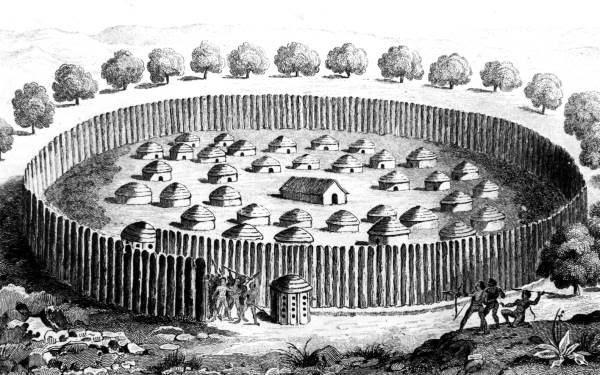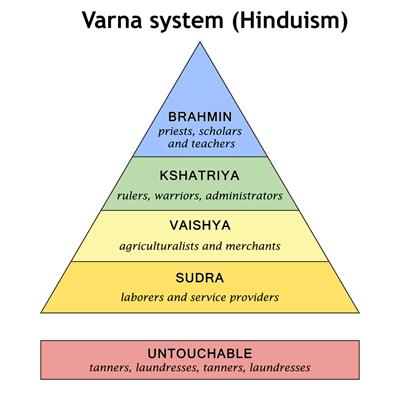
PUMPA - SMART LEARNING
எங்கள் ஆசிரியர்களுடன் 1-ஆன்-1 ஆலோசனை நேரத்தைப் பெறுங்கள். டாப்பர் ஆவதற்கு நாங்கள் பயிற்சி அளிப்போம்
Book Free DemoThe Vedic Society
- The Ancient Vedic society had a proper structural hierarchy by which it was ruled. It has many divisions which were segregated according to their geographical extent. The hierarchy of the Vedic society has been explained below.

- The Society of Vedic period was “Patrilineal (dominated by Men)” in nature where they had segregations of Aryans and the Non – Aryans, the Aryan people were known as “Dasas” and the Non-Aryans were termed as “Dasayus”.

The Gramas of the Vedic period
- The Vedic society Prohibited social evils like Child marriages and the practice of Sati (jumping on the funeral pyre of one’s husband).
The King / Rajan
- The King was on top of society’s hierarchy and was considered the head of the tribe (Jana). Protecting the subjects and cattle were the top priority of the Rajan, so he was also known as the “Janasyagopa (the people’s guardian)”.
- There were many other people to assist the Rajan during his administration and the hierarchy of the Vedic society is presented below.

- During the later Vedic period, the clans slowly developed as kingdoms and the position of Rajan/ King became Hereditary. This period also witnessed the emergence of other kingdoms like Puru and Bharatha which are formed as a result of merging between the “Rashtra / tribal kingdoms”.
The emergence of tribal Assemblies
- The Vedic age witnessed the origin of tribal assemblies which acted as an arena for political deliberations among the tribal groups. The tribal assemblies which functioned during the Vedic age were,
- Sabha – Denotes the assembly hall where administrative actions took place, women were also allowed to attend the Sabha during the early Vedic period and were prohibited in later stages. It also performed judicial functions.
- Samiti – It was an assembly to offer religious prayers and ceremonies. Samiti also witnessed the business of tribals.
- Gana – This was considered the assembly of military troops headed by “Ganapati – leader of the assembly”.
- Vidhatha – This is considered as the most important and the oldest among the assemblies, it had been mentioned 122 times in Rig Veda. Women were active participants of this assembly which discussed religious, political and military affairs of the kingdom.
- Post the Early Vedic period the tribal assemblies slowly lost their significance among the people where Sabha and Samiti slowly degraded and Vidhatha vanished altogether.
BALI: It was a voluntary offering given by the people to the king which was 1/6th of their agricultural produce. This system of Bali was later made into a mandatory provision during the Later Vedic age.
- This period also witnessed the emergence of new cities like Mathura, Ayodhya and Indraprastha under the kingdoms of Panchalas and Kurus.

The Birth of Varnashrama:
The Varna System
- The Social order of the Later Vedic society had many changes which were not present till that time. This period saw the intermingling of people, that is both the Aryans and the Non – Aryans.
- The Aryans were the people of higher strata who were fair compared to the non- Aryans which urged them to establish a social order to classify others.
- The Aryans established a new social order named Varnashrama bifurcated people according to the race in earlier periods and by using their professions in the later Vedic age.
- The Varnashrama of the Later Vedic age had four layers namely.
1. Brahmanas – the Priestly class.
2. Kshatriyas – the Warrior class.
3. Vysya’s - the Merchant people/ traders.
4. Shudras – the Lower class/untouchables.